
Cleanroom Design Mistakes and How to Avoid Them
- By:Lisa
- 2025-07-24
- 29
Cleanrooms are essential for industries like pharmaceuticals, semiconductors, and biotechnology. Even minor flaws in cleanroom design can compromise cleanliness and increase costs for material suppliers. This article explores common cleanroom design mistakes, particularly with cleanroom doors, and offers practical solutions. Suppliers can optimize material choices, such as stainless steel cleanroom doors and airtight doors, to boost performance and reliability.
Common Cleanroom Design Mistakes

Effective cleanroom design ensures sterile environments in hospitals, laboratories, and pharmaceutical facilities. However, errors in cleanroom design, like poor cleanroom door choices, can lead to contamination or higher costs. Below, we outline five frequent mistakes and solutions for cleanroom door suppliers to ensure seamless integration.
Choosing the Wrong Cleanroom Classification
Selecting the wrong ISO classification is a common cleanroom design error. For instance, choosing an overly strict ISO 5 grade increases costs unnecessarily. Conversely, underestimating requirements risks contamination in pharmaceutical cleanroom doors. Suppliers can recommend HEPA or ULPA filters tailored to needs, like hospital cleanroom doors. By providing particle concentration data, suppliers help clients meet ISO 14644-1 standards. This balances cost and cleanliness for hospital operating room doors.
Flawed Ventilation System Design
Poor ventilation undermines cleanroom design performance. Uneven airflow or incorrect filter selection causes dust to linger. As a result, cleanliness standards for cleanroom steel doors or aluminum cleanroom doors may fail. Suppliers should offer high-performance HEPA/ULPA filters and low-particle ducting, like stainless steel. Additionally, suggesting CFD simulations optimizes airflow. This ensures materials work well in electronic factory clean doors or hospital automatic sliding doors.
Inefficient Space Layout
A poorly planned layout increases contamination risks in cleanroom design. For example, crossed personnel and material flow paths compromise cleanliness in cleanroom double doors. Suppliers can provide modular wall and floor systems, including cleanroom swing doors. Antistatic, dust-free materials, like HPL or antibacterial cleanroom doors, improve efficiency. Consequently, these suit hospital patient room doors or laboratory doors, reducing cross-contamination.
Poor Material Selection
Inappropriate materials can introduce contamination in cleanroom design. High-VOC paints or particle-shedding coatings raise maintenance costs for cleanroom doors with windows. Therefore, suppliers should recommend low-VOC, GMP-compliant materials, like stainless steel cleanroom doors. These are durable and easy to clean, ideal for hospital doors or pharmaceutical facility doors. This approach minimizes long-term costs.
Weak Environmental Control Systems
Inadequate environmental controls destabilize cleanroom design. Poor temperature or humidity management affects cleanroom airtight doors. Suppliers can offer high-precision sealing materials for cleanroom door seals. Additionally, sensor-integrated panels enable real-time monitoring. These solutions ensure stability in medical cleanroom doors or ICU cleanroom doors, supporting consistent performance.
Practical Solutions to Avoid Cleanroom Design Mistakes
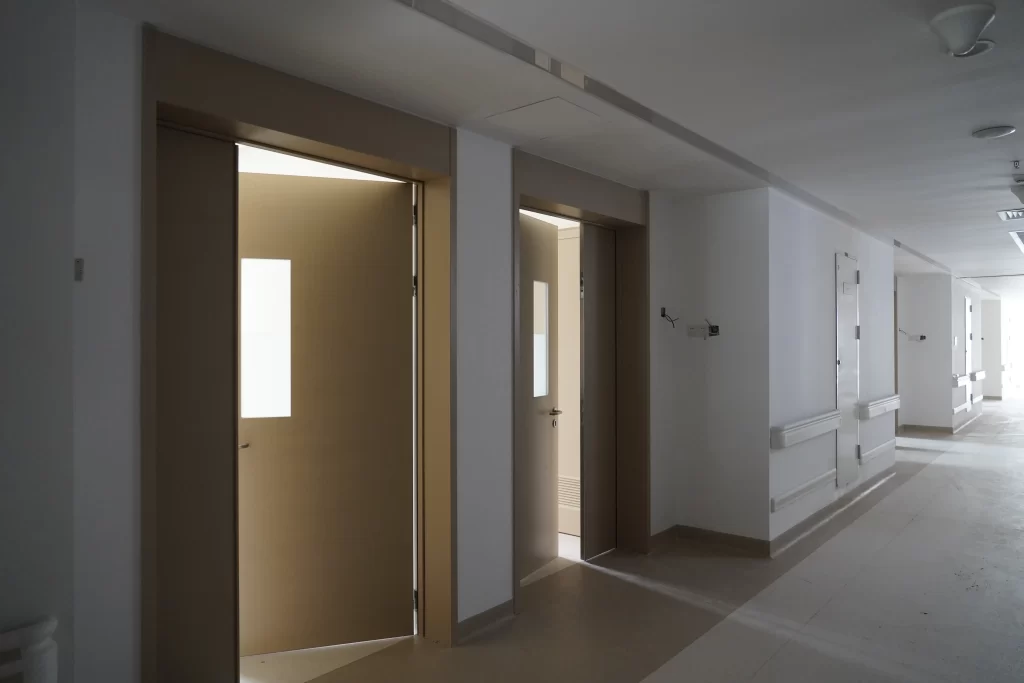
Effective cleanroom design ensures efficiency in industries like pharmaceuticals. Mistakes, especially in cleanroom door design, can cause contamination. Below are five practical solutions for suppliers to help clients avoid pitfalls through optimized material selection.
Nail the Cleanroom Classification
Choosing the wrong ISO grade inflates costs or risks contamination in cleanroom design. For example, over-specifying for pharmaceutical cleanroom doors wastes resources. Suppliers should recommend ISO 14644-1-compliant grades based on industry needs. By providing test data, they help clients balance performance and cost for hospital entrance doors. This prevents costly errors.
Streamline Ventilation System Design
Ventilation is critical for cleanroom design performance. Flaws compromise cleanliness in cleanroom automatic doors. Therefore, suppliers should recommend high-efficiency HEPA/ULPA filters and low-particle ducting, like stainless steel. Suggesting CFD simulations optimizes airflow. As a result, materials perform well in hospital sliding glass doors or cleanroom roll doors.
Optimize Space Layout
A poorly planned layout heightens contamination risks in cleanroom design. Suppliers can offer modular materials, like cleanroom hinged doors or antibacterial aluminum doors. Antistatic surfaces, such as HPL sheet door designs, ensure clean environments. Consequently, these suit hospital ward cleanroom doors, minimizing cross-contamination.
Choose High-Performance Cleanroom Materials
Inappropriate materials become contamination sources in cleanroom design. For instance, high-VOC coatings increase maintenance for cleanroom doors. Suppliers should provide low-VOC, GMP-compliant materials, like stainless steel insulated cleanroom doors. These durable options suit hospital security doors or medical airtight steel doors. This ensures compliance and reduces costs.
Strengthen Environmental Control Systems
Weak environmental controls disrupt cleanroom design stability. Poor monitoring affects hospital radiation-proof doors. Therefore, suppliers can offer precision seals for airtight operating room doors. Sensor-integrated panels enhance monitoring for modular cleanroom doors. These ensure reliable performance in laboratory access doors or pharmaceutical facility doors.
-
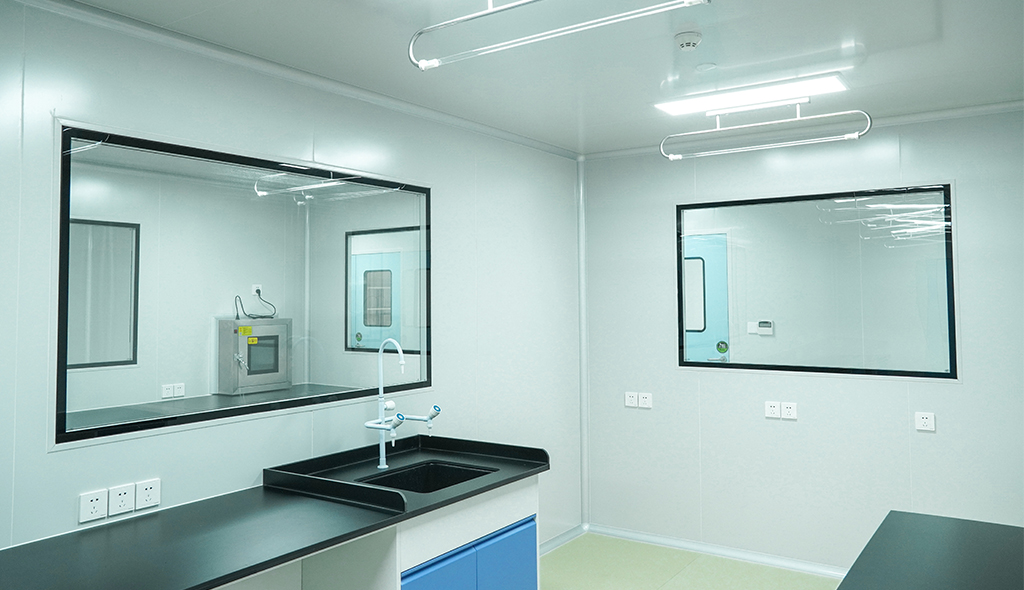 Cleanroom Glass Windows Are The Key to Maintaining a Clean Environment
Cleanroom Glass Windows Are The Key to Maintaining a Clean Environment -
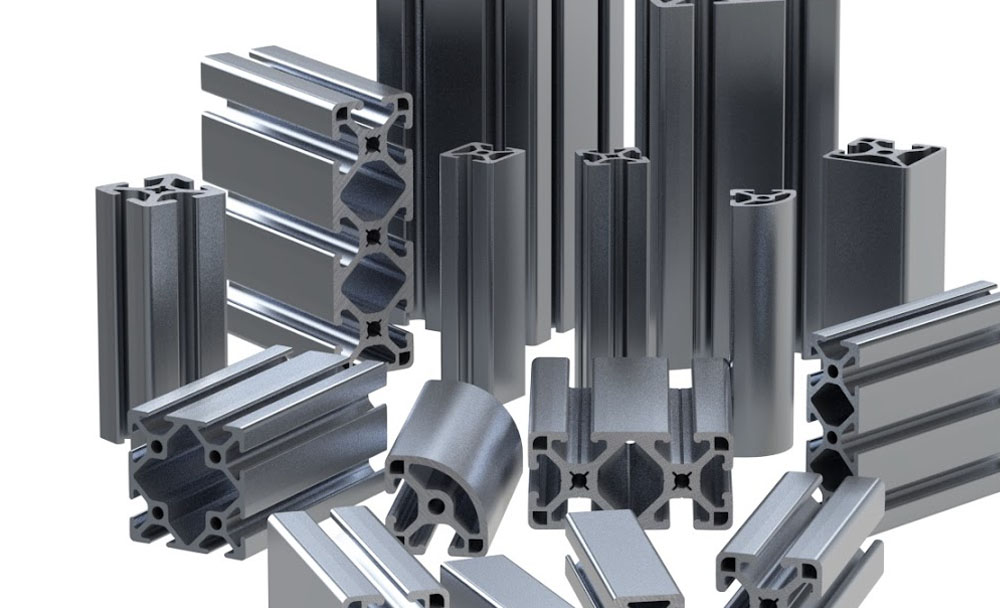 Top Aluminium Profile Manufacturers in China: Leading the Global Market
Top Aluminium Profile Manufacturers in China: Leading the Global Market -
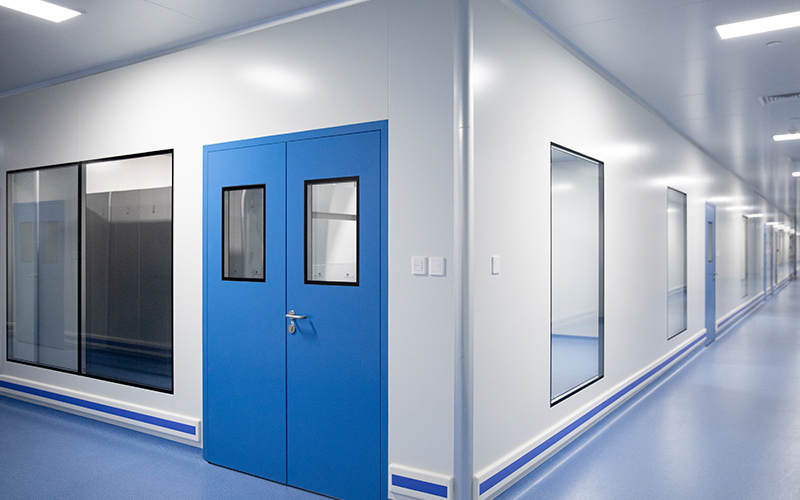 The Evolution of Air Tight Sliding Doors
The Evolution of Air Tight Sliding Doors -
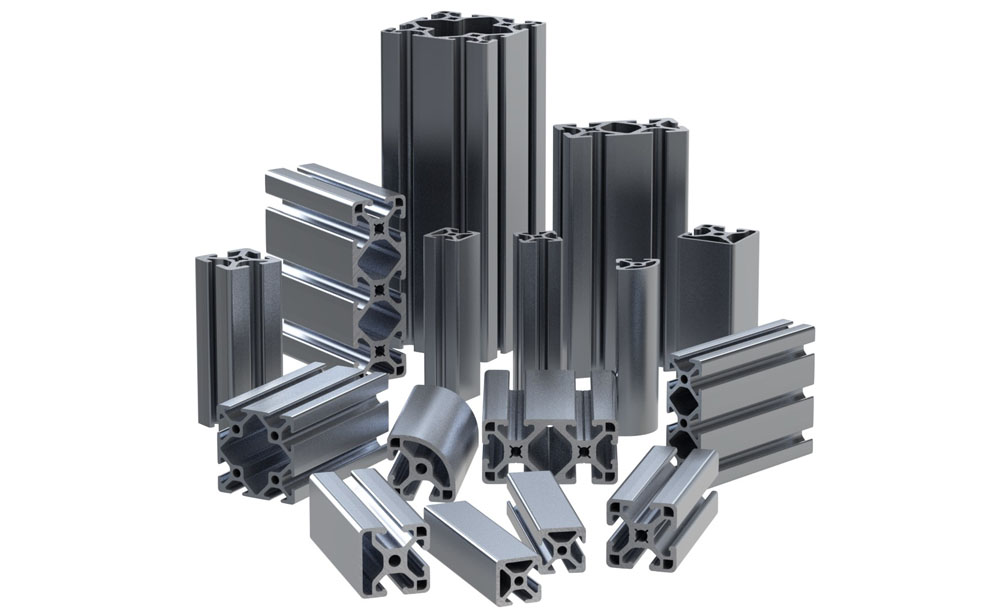 AHU Aluminium Profile: A Comprehensive Guide
AHU Aluminium Profile: A Comprehensive Guide -
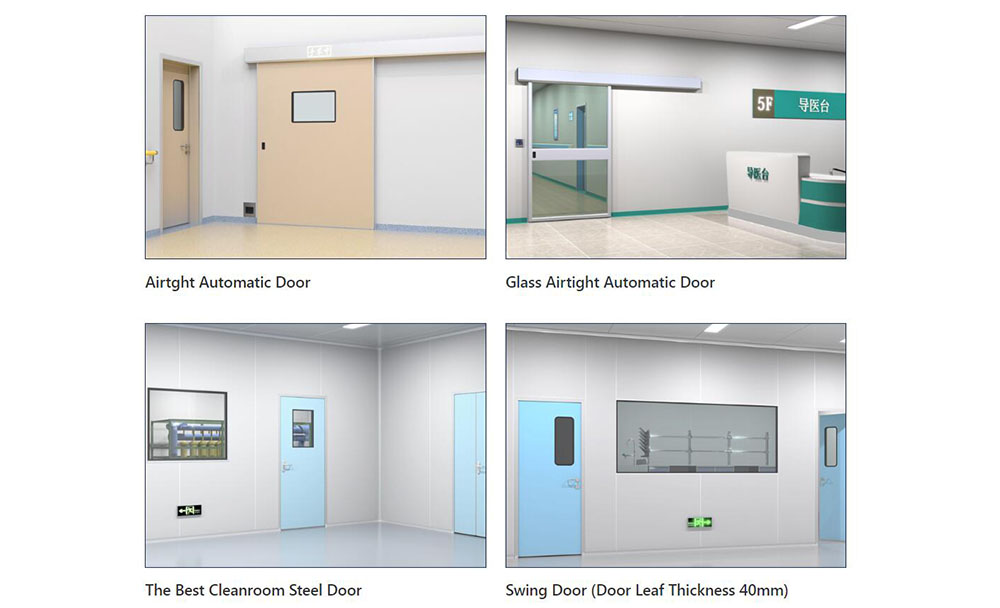 The Importance of Choosing the Right Cleanroom Door in Vietnam
The Importance of Choosing the Right Cleanroom Door in Vietnam -
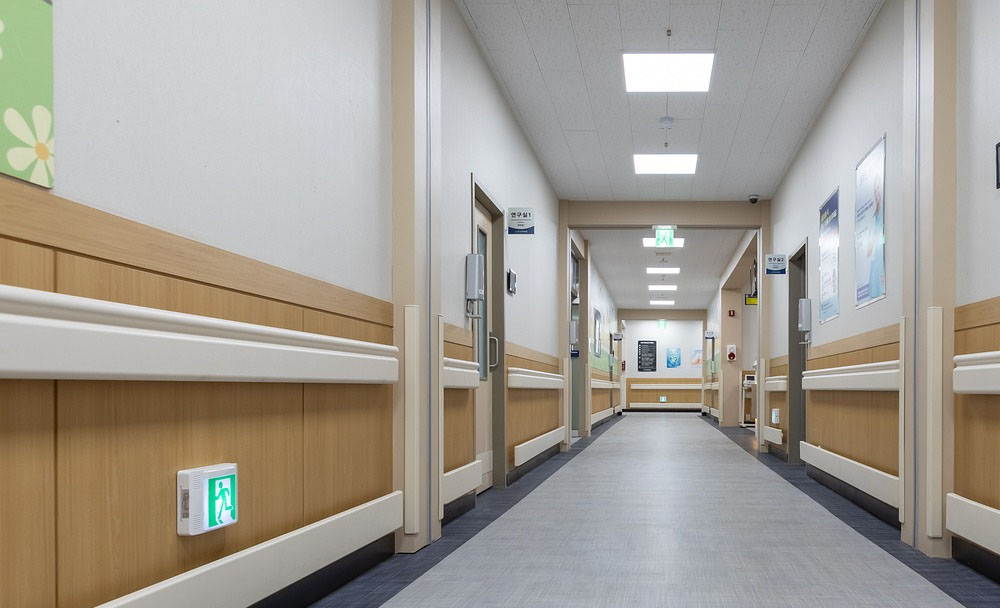 The Benefits of Hospital Automatic Doors: Enhancing Efficiency and Safety
The Benefits of Hospital Automatic Doors: Enhancing Efficiency and Safety -
.jpg) The Best Bathroom Door Manufacturers - Unlocking Endless Possibilities!
The Best Bathroom Door Manufacturers - Unlocking Endless Possibilities! -
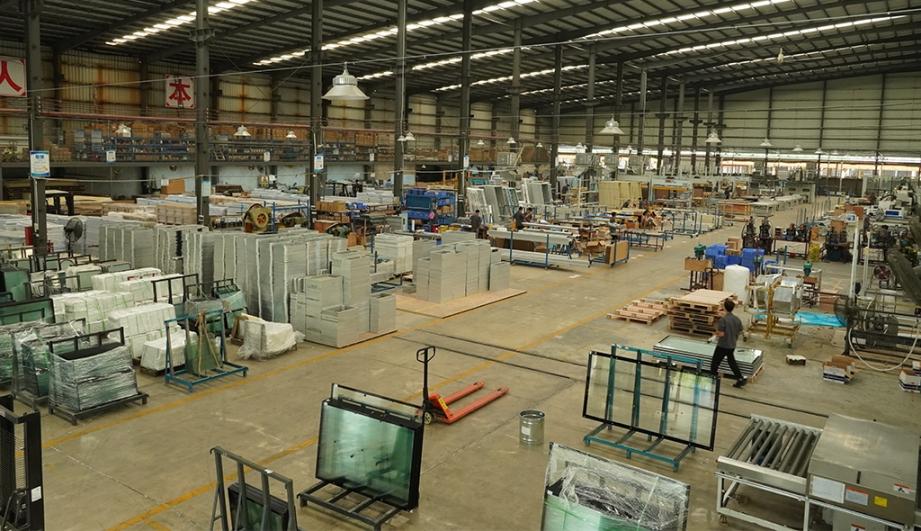 Unlock the Possibilities with AJ Manufacturing Doors
Unlock the Possibilities with AJ Manufacturing Doors -
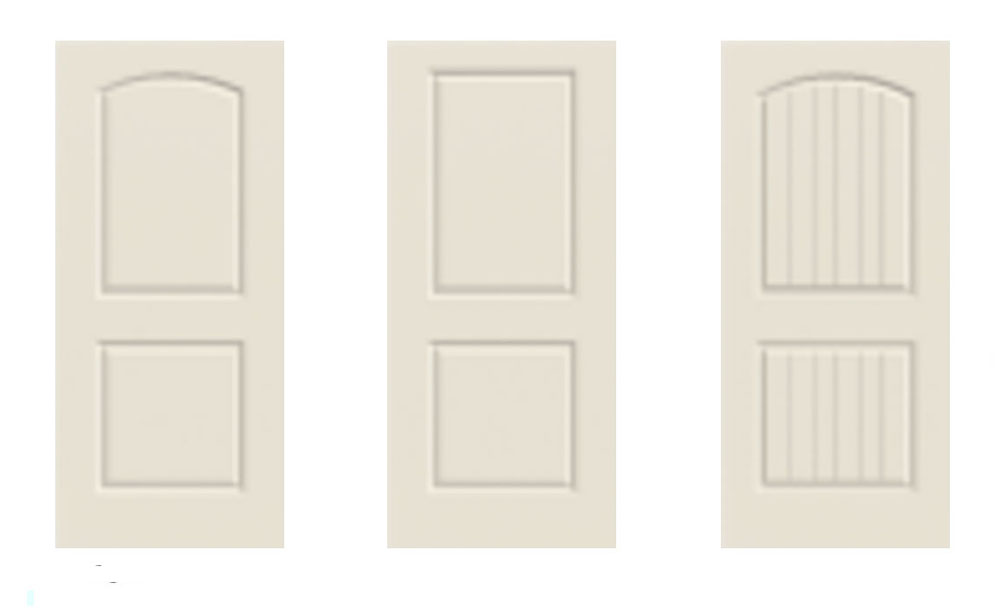 Make a Statement with Manufactured Home Interior Doors!
Make a Statement with Manufactured Home Interior Doors! -
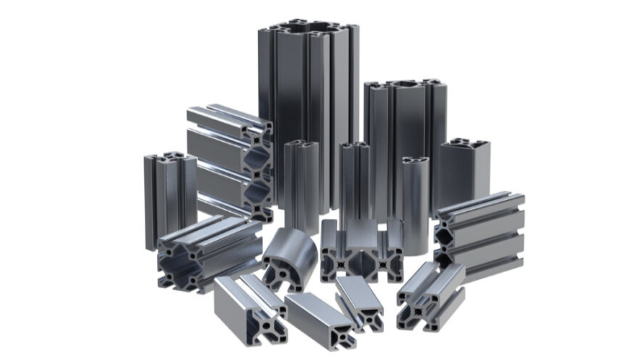 what is aluminum profile? Aluminum Profiles for Your Home is the best option
what is aluminum profile? Aluminum Profiles for Your Home is the best option
-
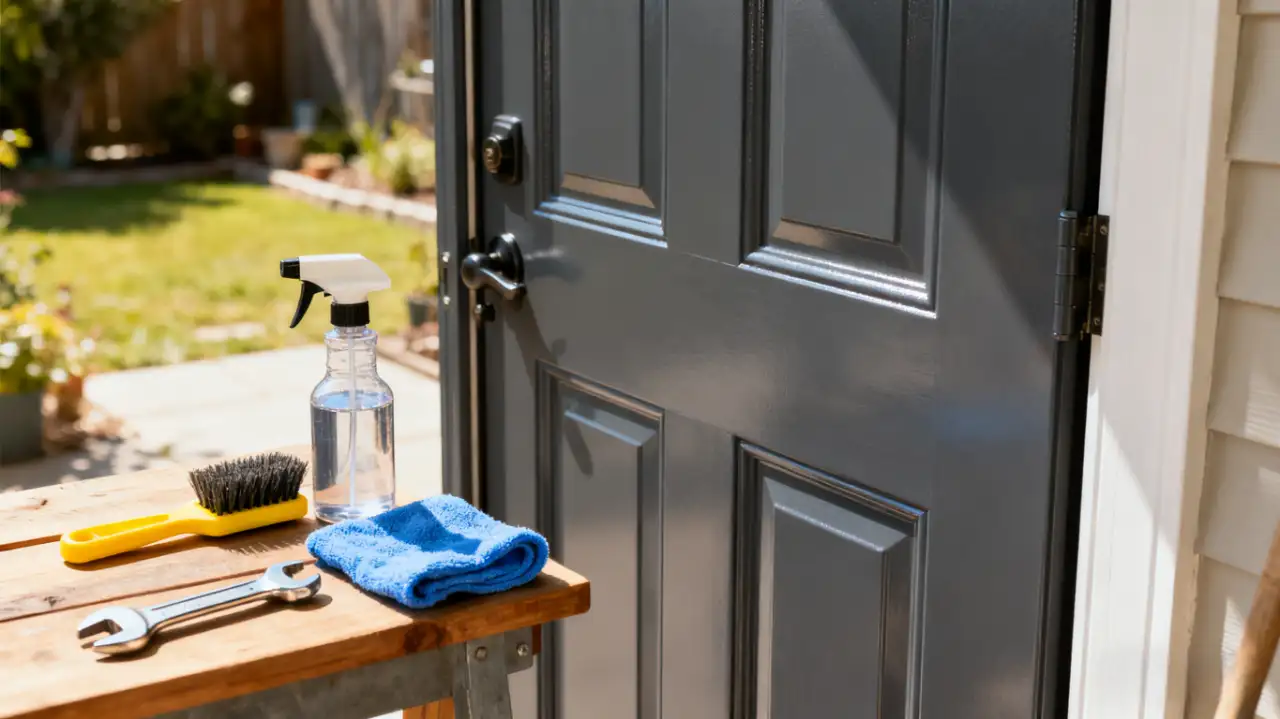 How to Extend the Life of Your Exterior Steel Door
How to Extend the Life of Your Exterior Steel Door -
 What Are the Best Materials for AC Vent Covers
What Are the Best Materials for AC Vent Covers -
 Ceiling Vent Covers Labeled Fire-Rated? Here’s How to Verify
Ceiling Vent Covers Labeled Fire-Rated? Here’s How to Verify -
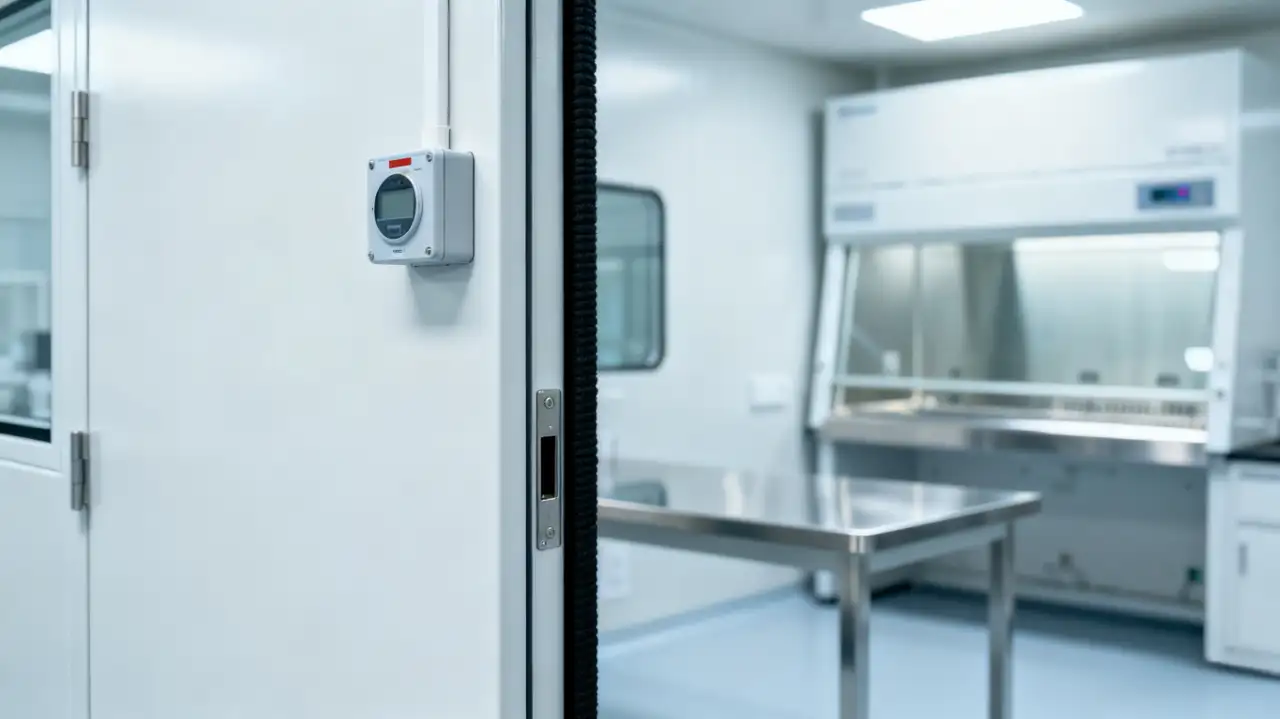 Upgrading Lab Doors: When to Replace vs. When to Retrofit?
Upgrading Lab Doors: When to Replace vs. When to Retrofit? -
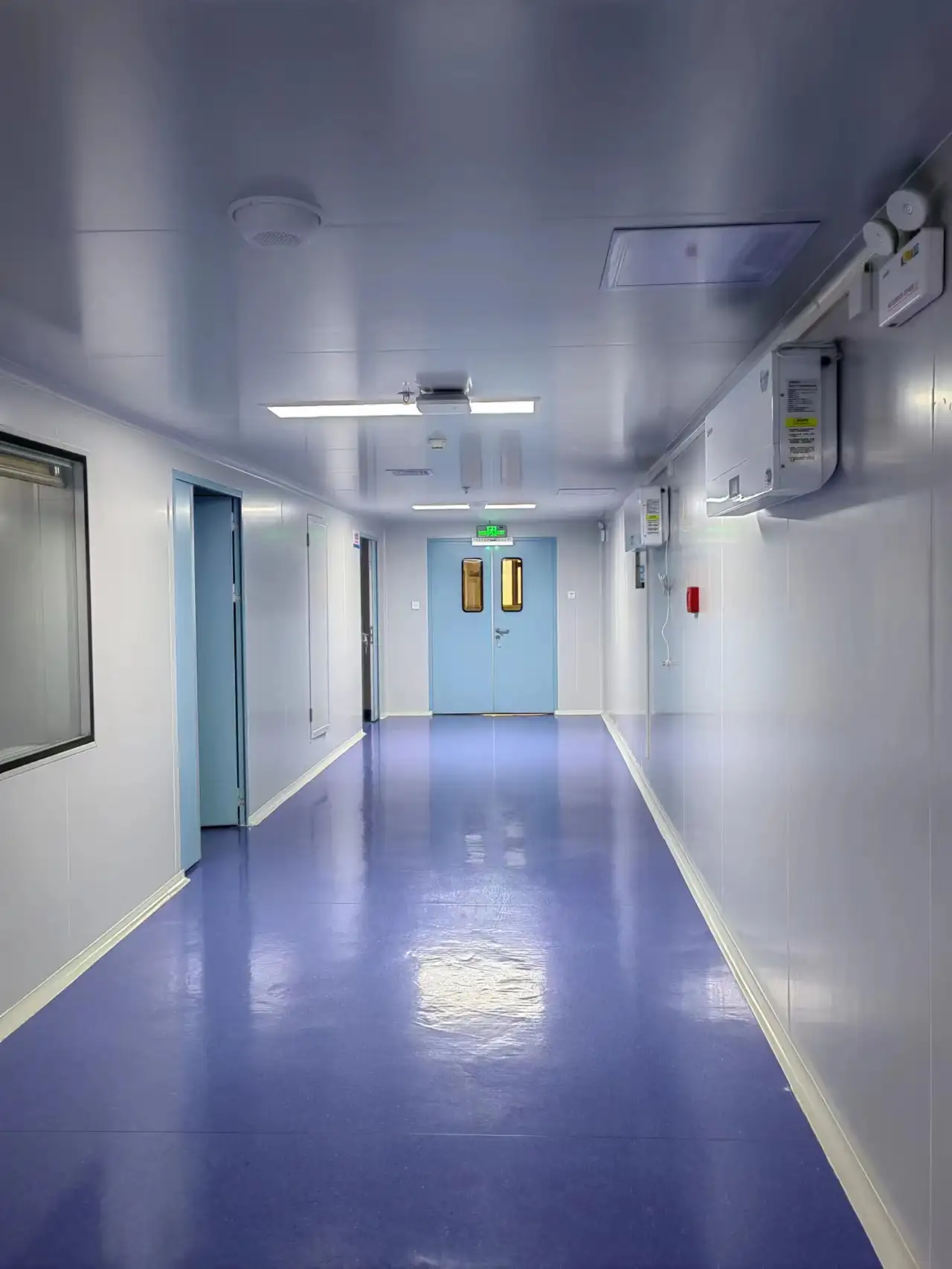 Stainless Steel Door vs. Alternatives in Cleanrooms
Stainless Steel Door vs. Alternatives in Cleanrooms -
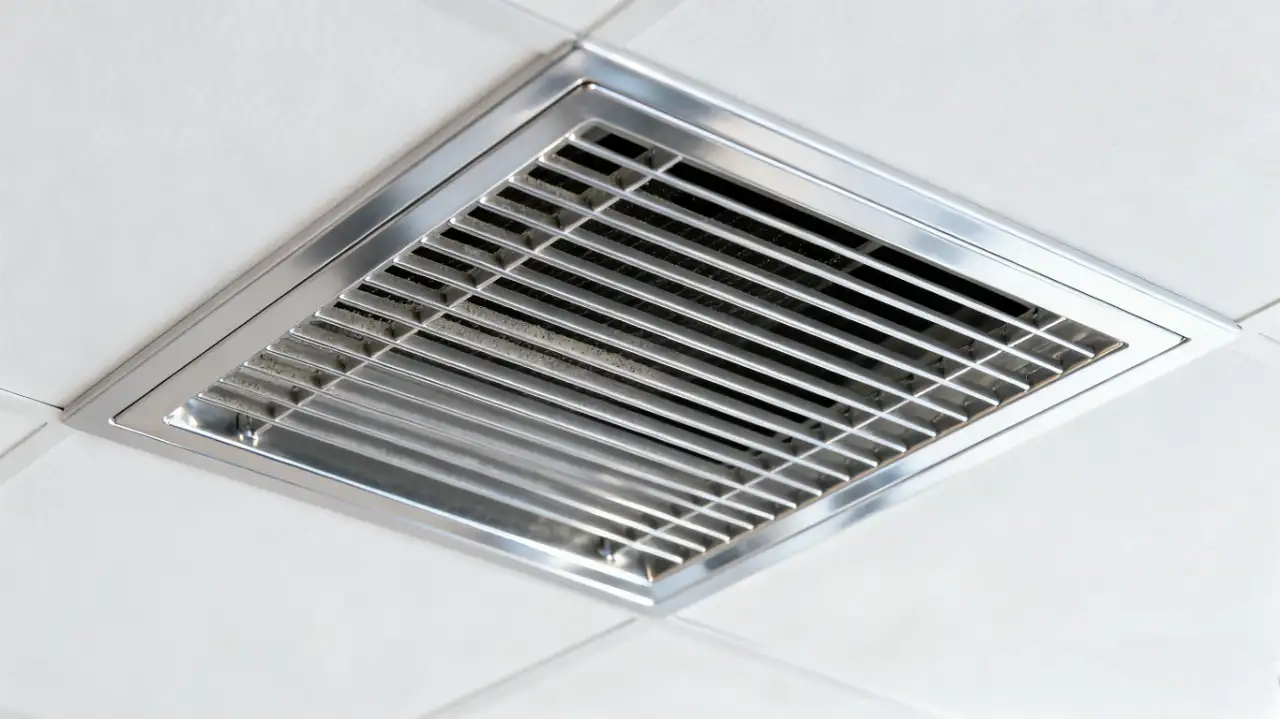 Ceiling Vent Care Tips to Boost HVAC Efficiency Year Round
Ceiling Vent Care Tips to Boost HVAC Efficiency Year Round -
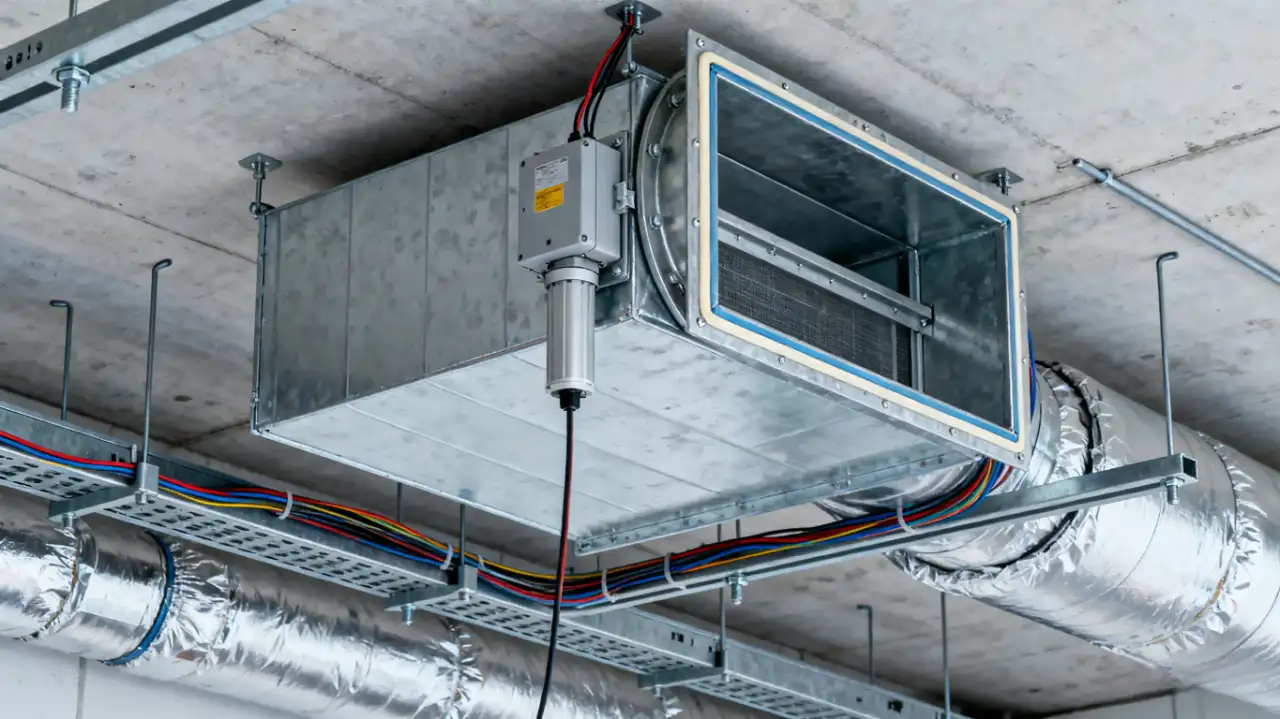 How Air Dampers Drive Efficiency in High Performance Buildings
How Air Dampers Drive Efficiency in High Performance Buildings -
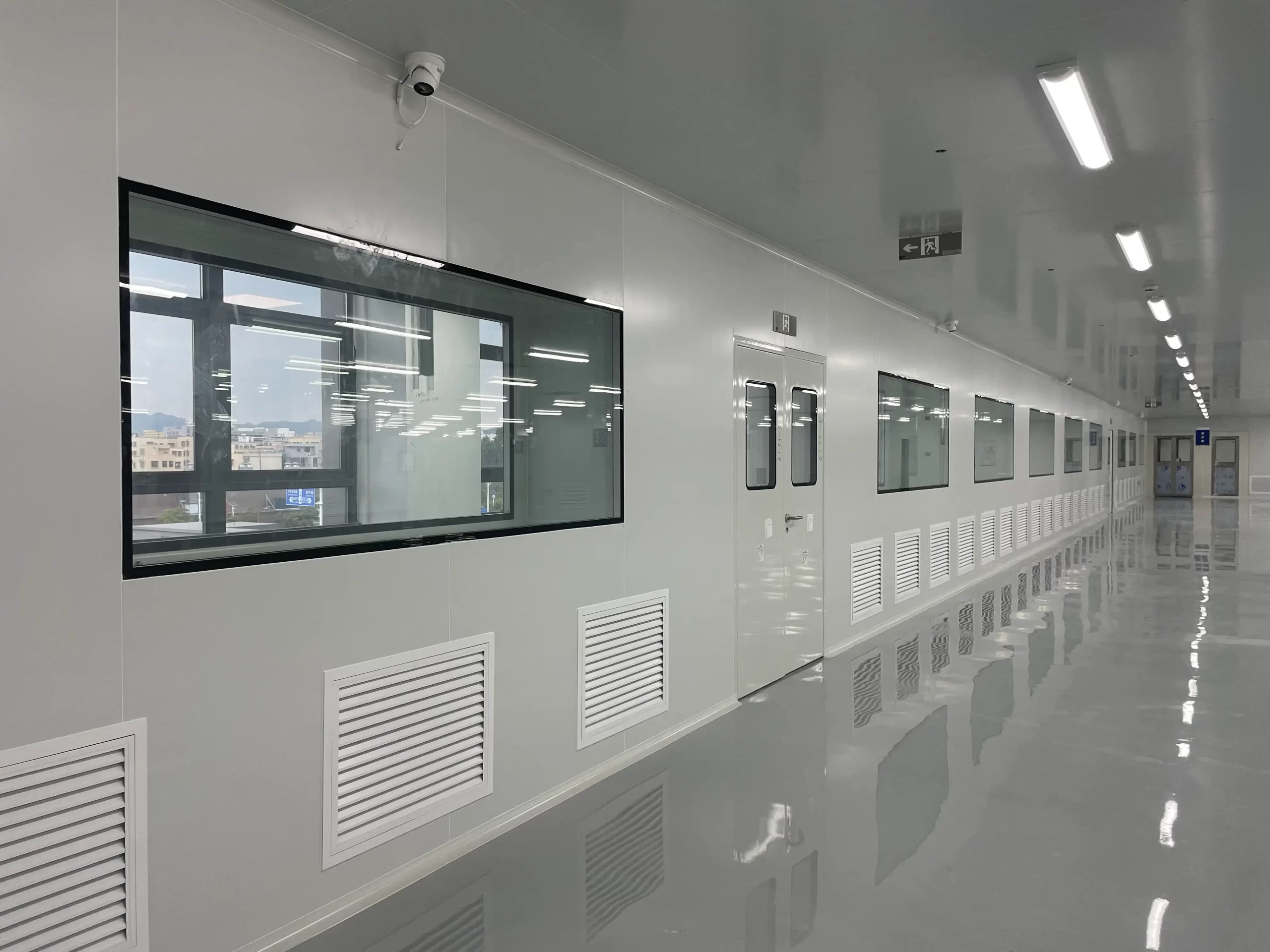 Why Semiconductor Manufacturing Can’t Function Without Cleanrooms
Why Semiconductor Manufacturing Can’t Function Without Cleanrooms -
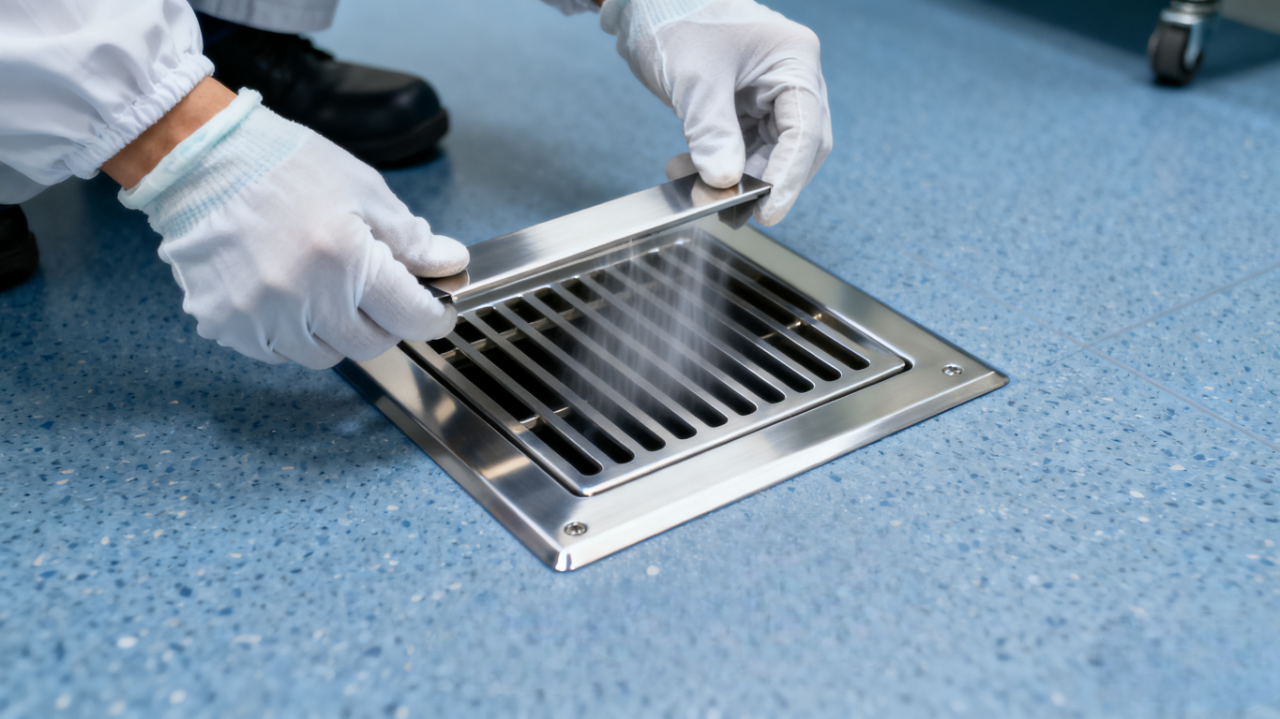 How to Select the Right Floor Vent for Cleanrooms
How to Select the Right Floor Vent for Cleanrooms -
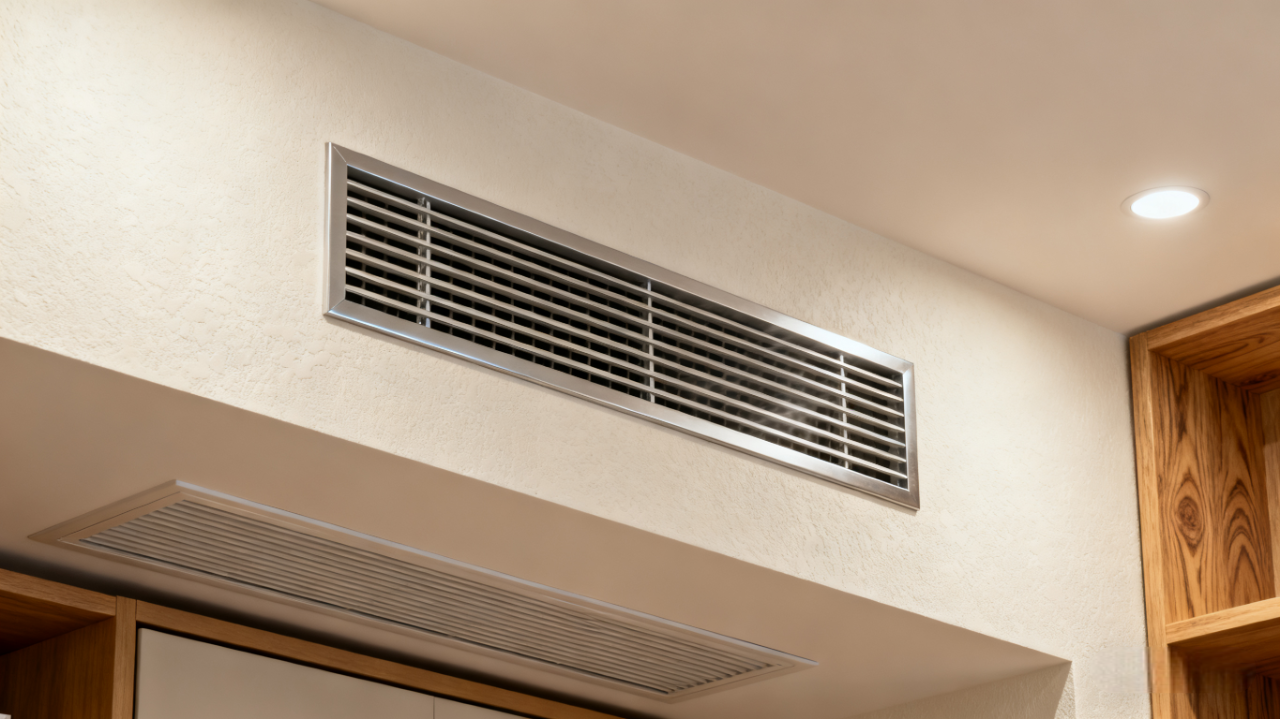 How to Clean and Maintain AC Registers for Peak HVAC Performance
How to Clean and Maintain AC Registers for Peak HVAC Performance

Guangzhou Yizhong Aluminum Industry Co., Ltd.
We are always providing our customers with reliable products and considerate services.
We are always providing our customers with reliable products and considerate services.
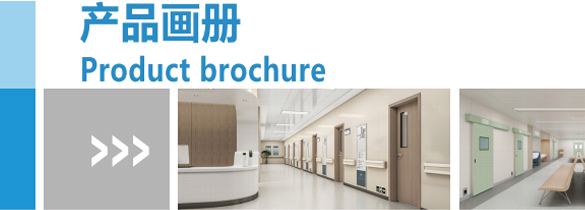
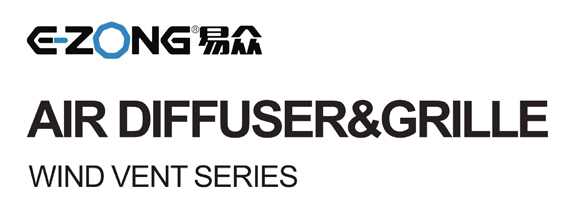








Speak Your Mind